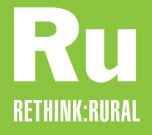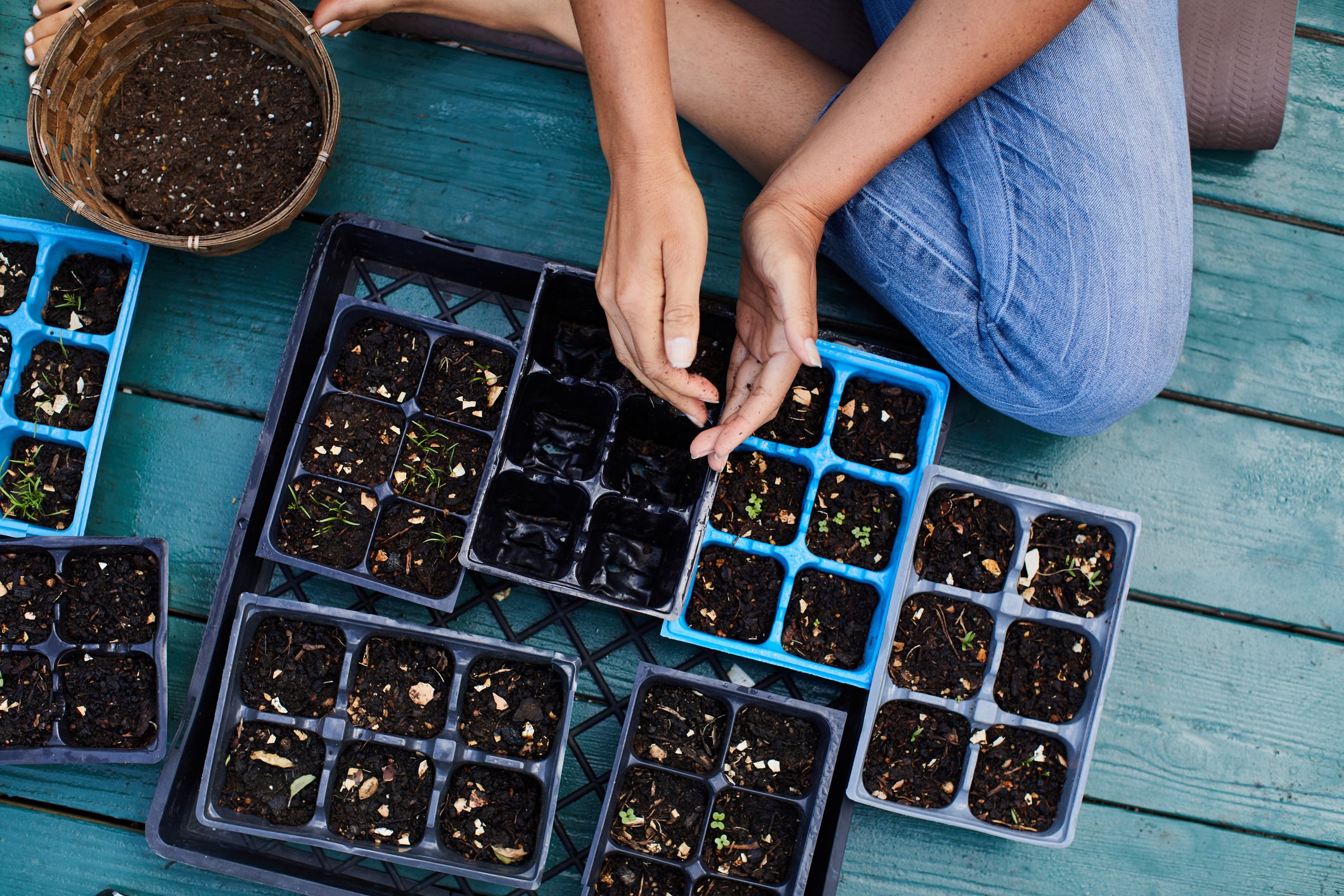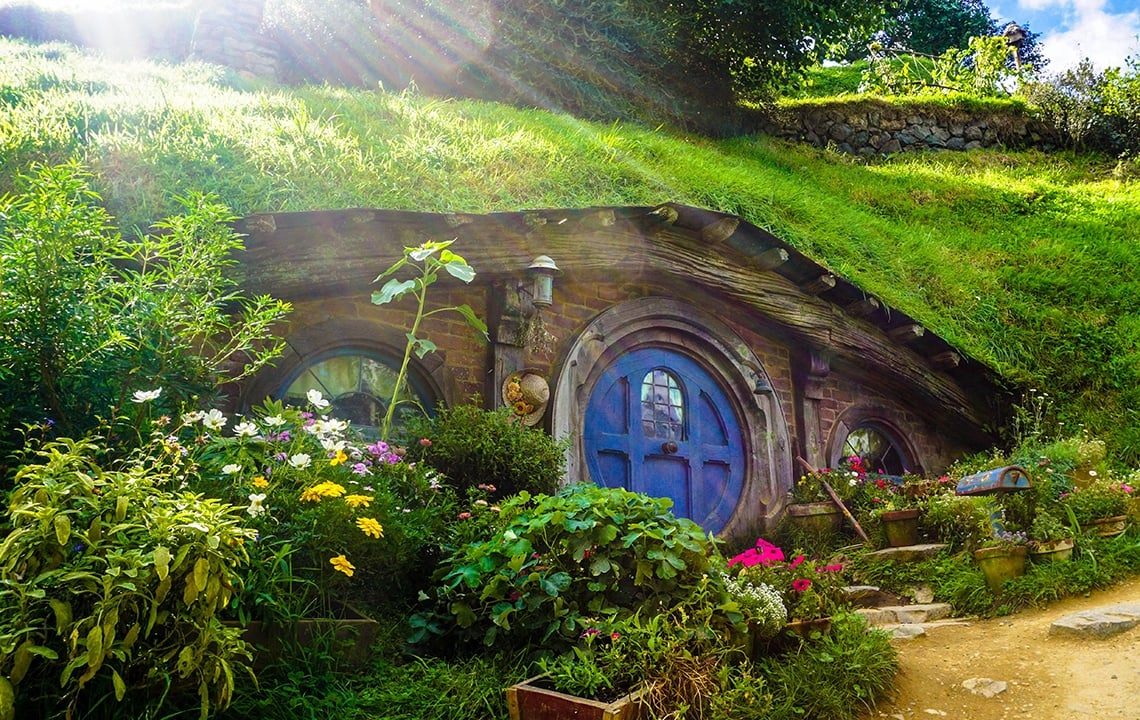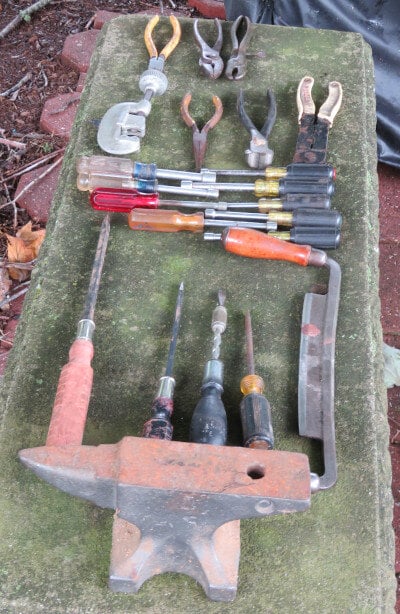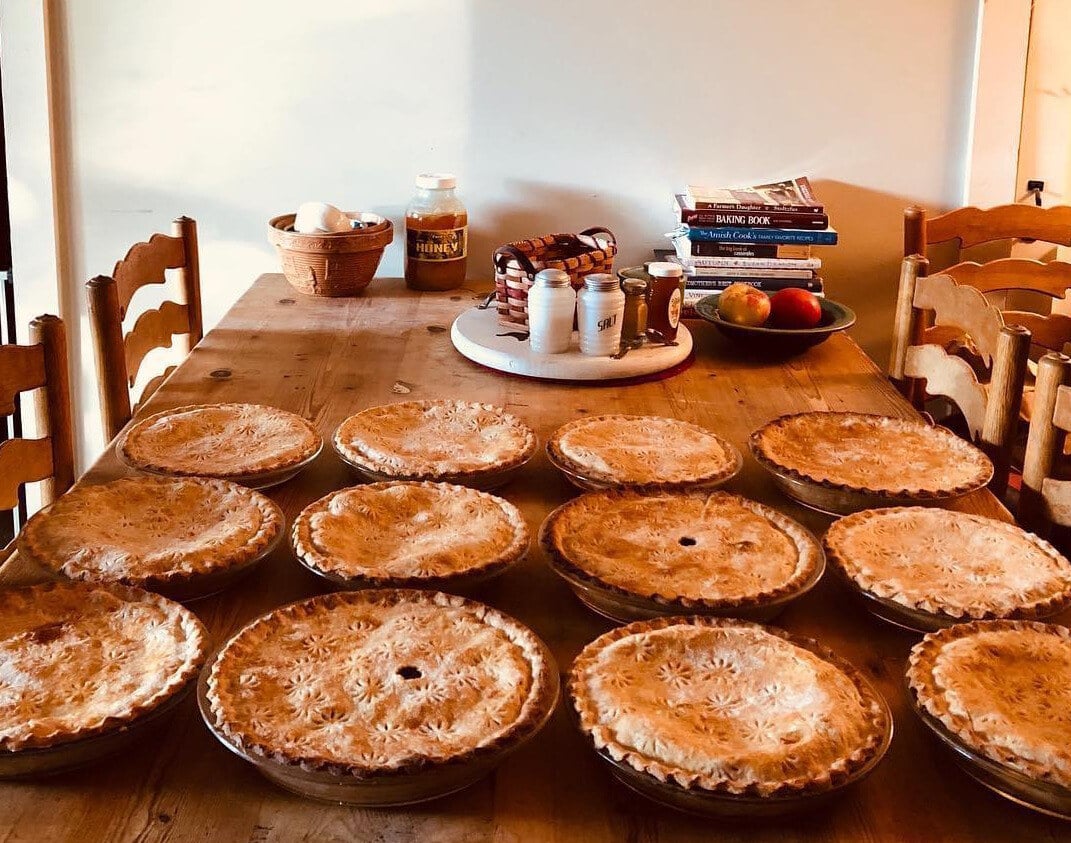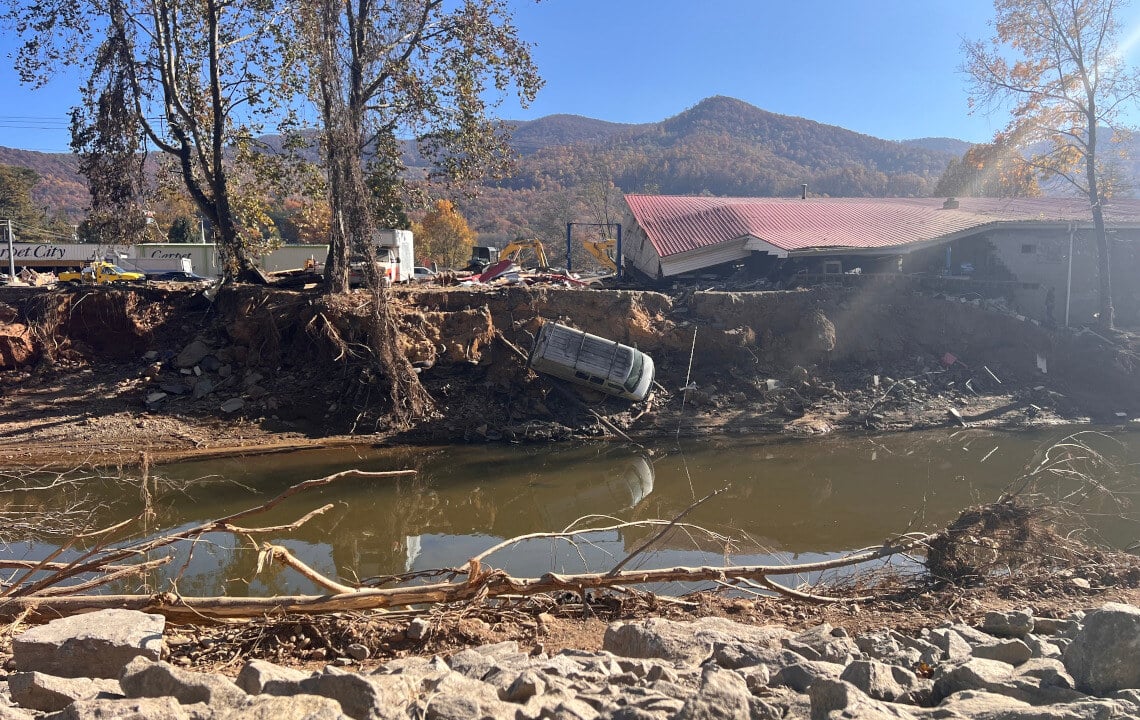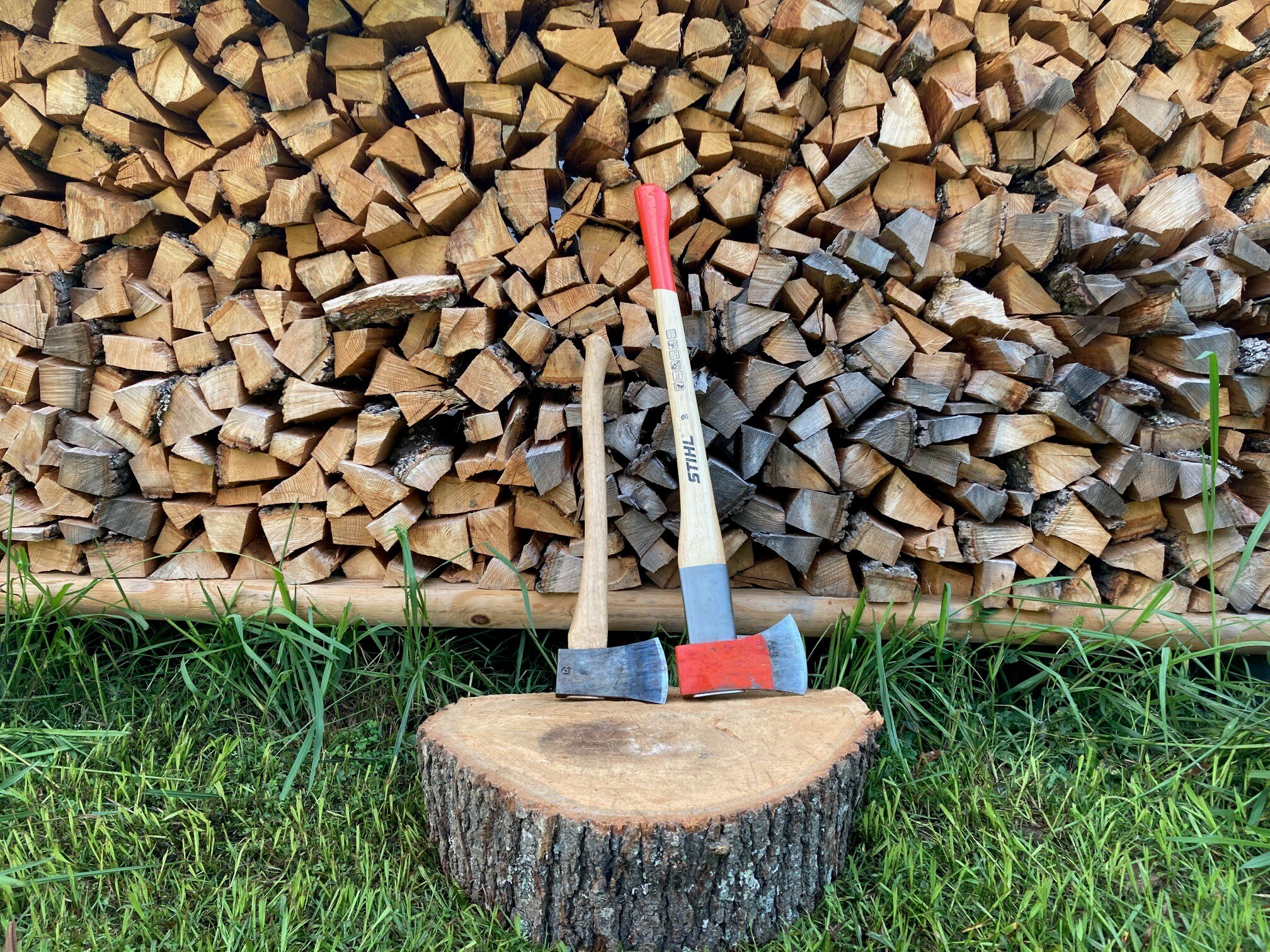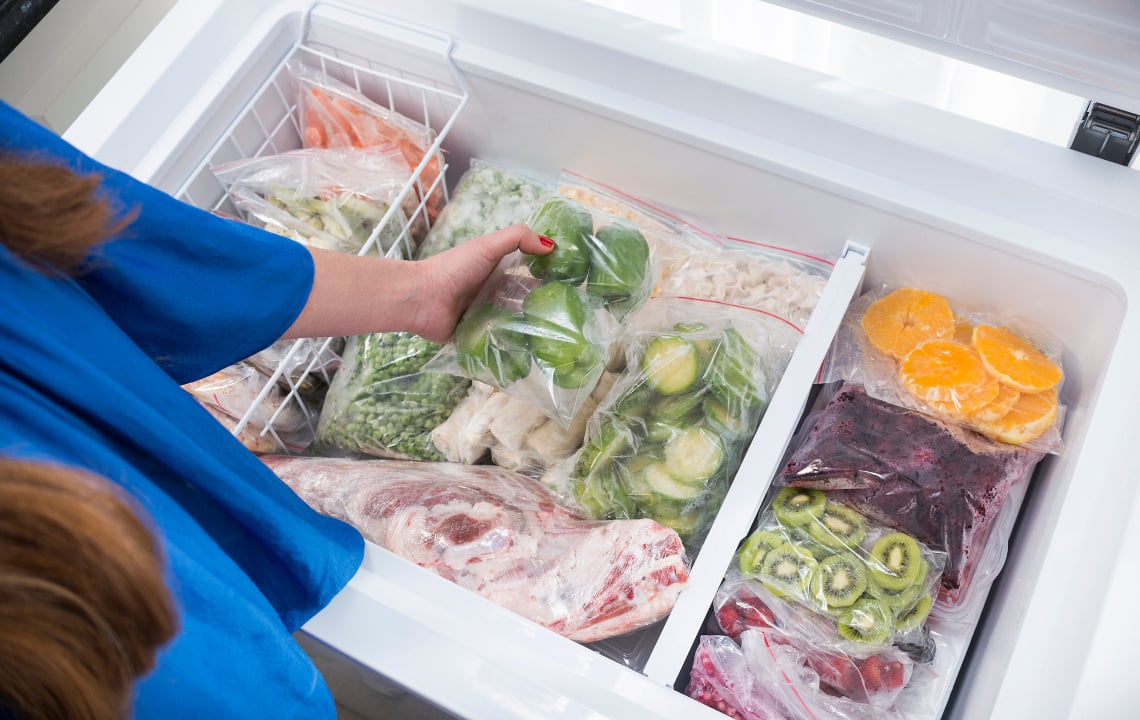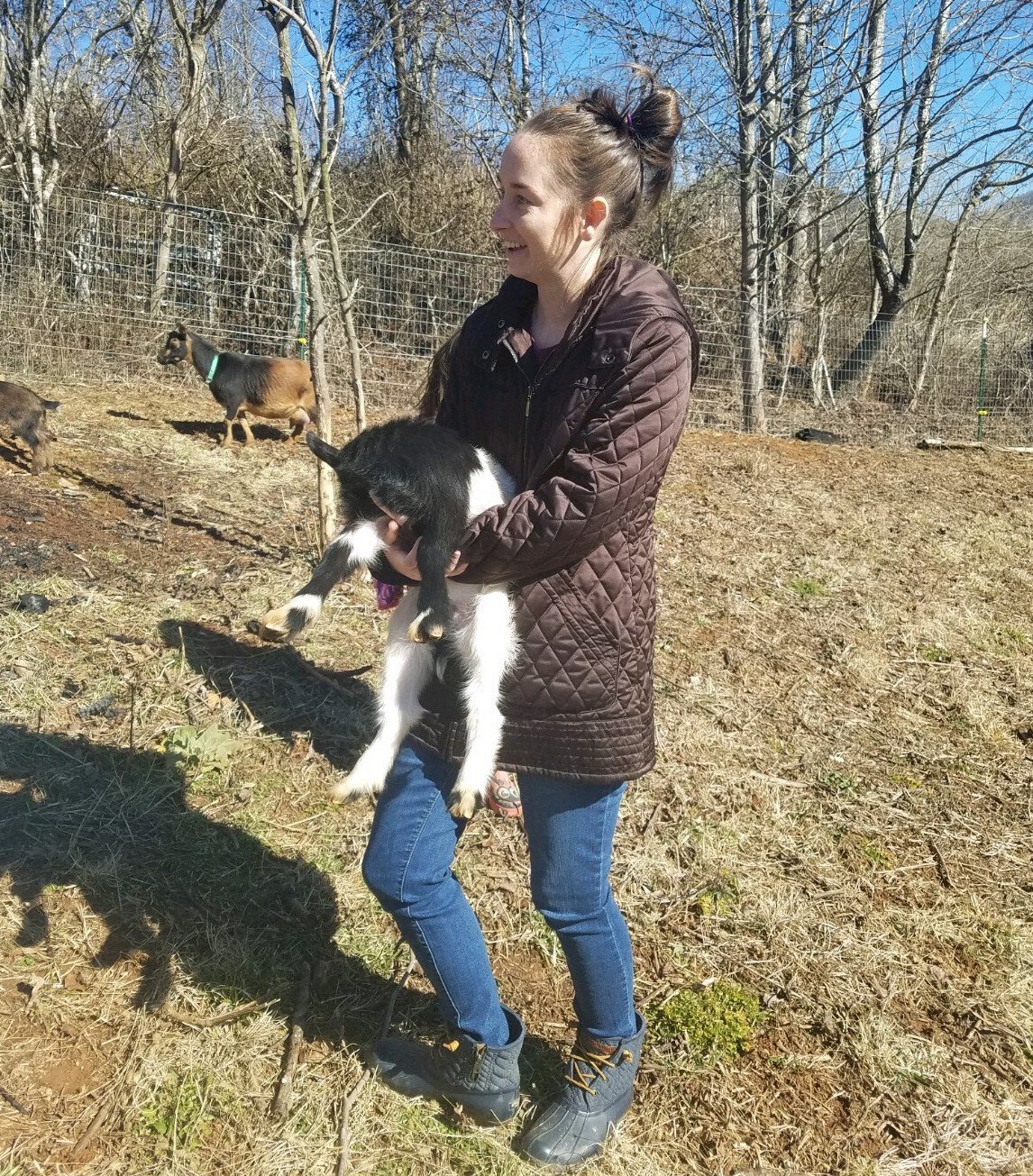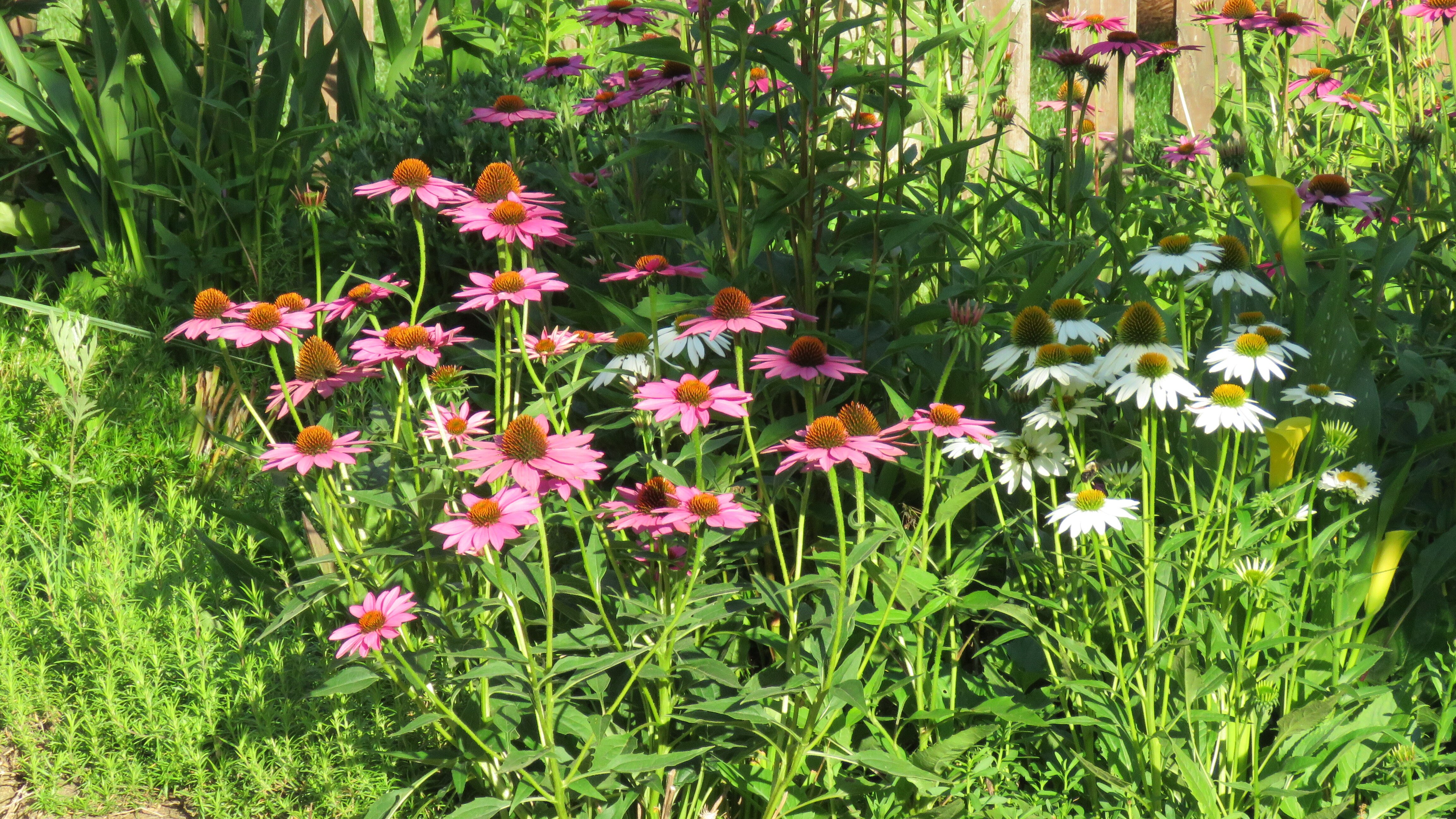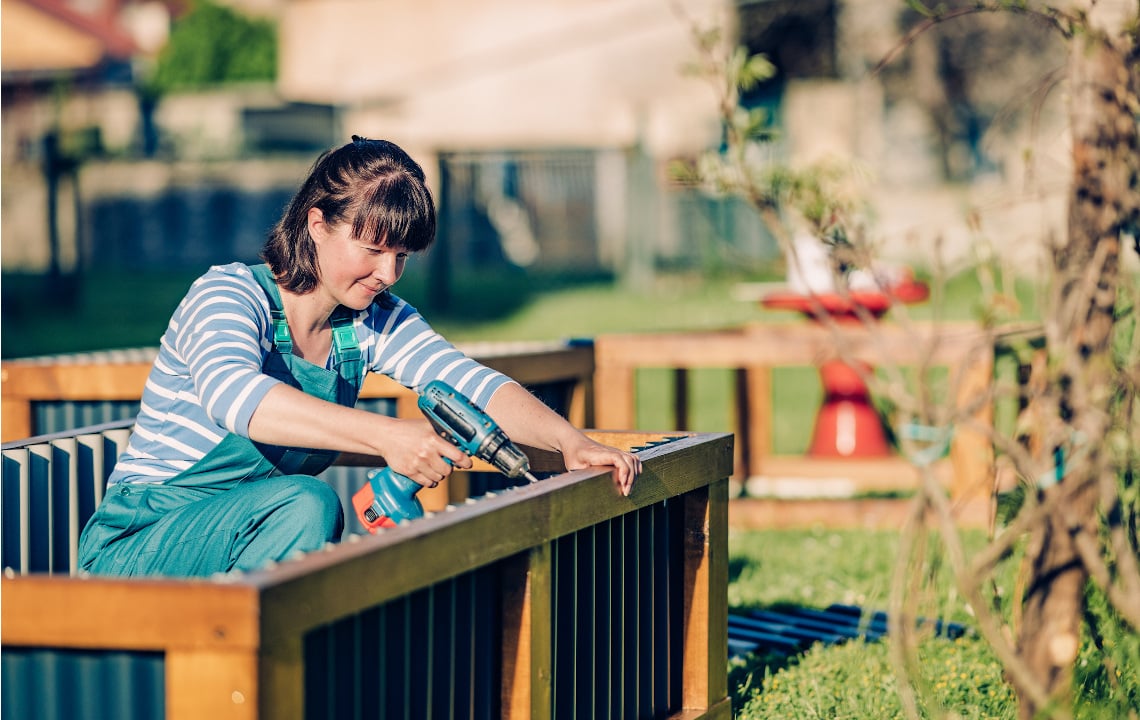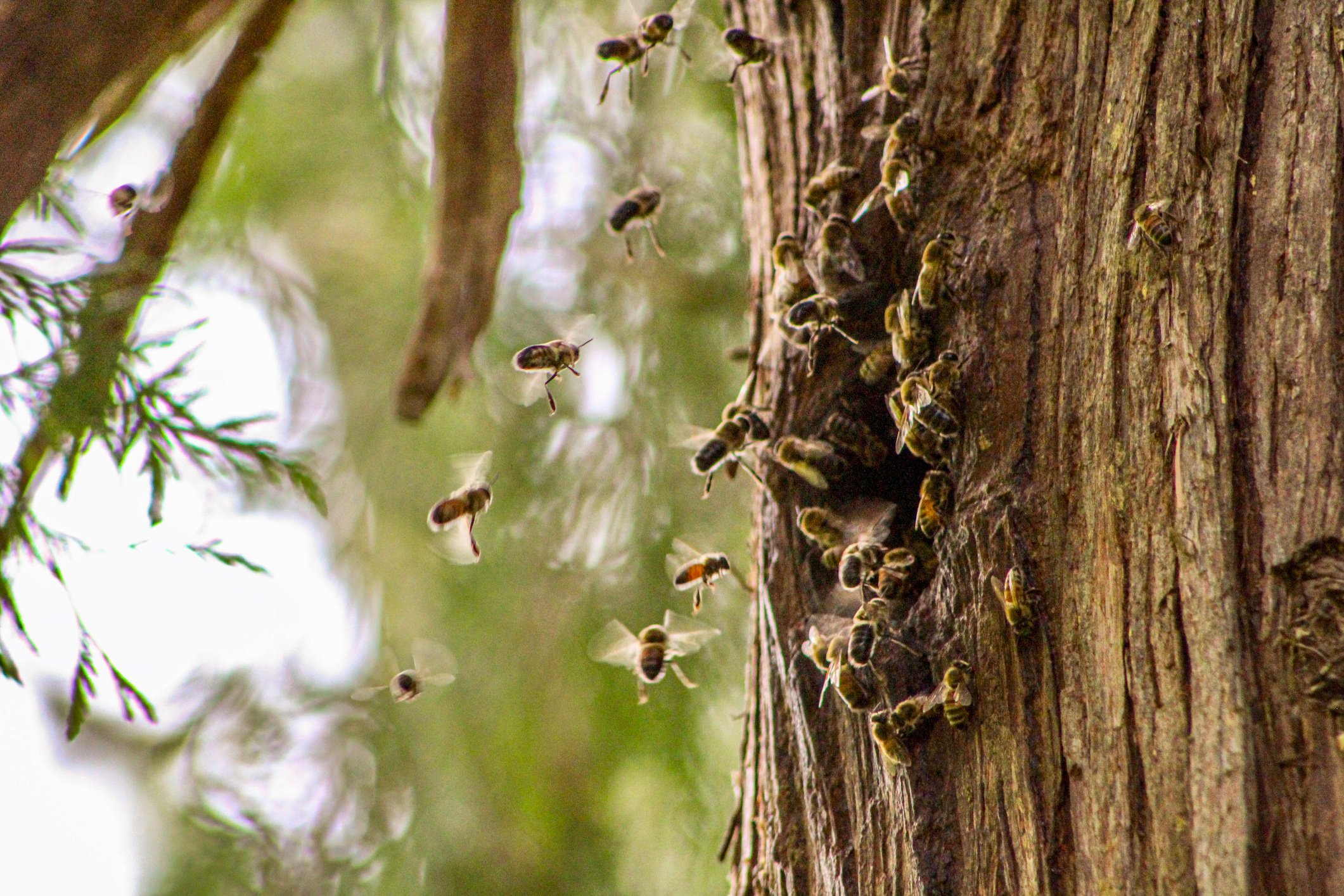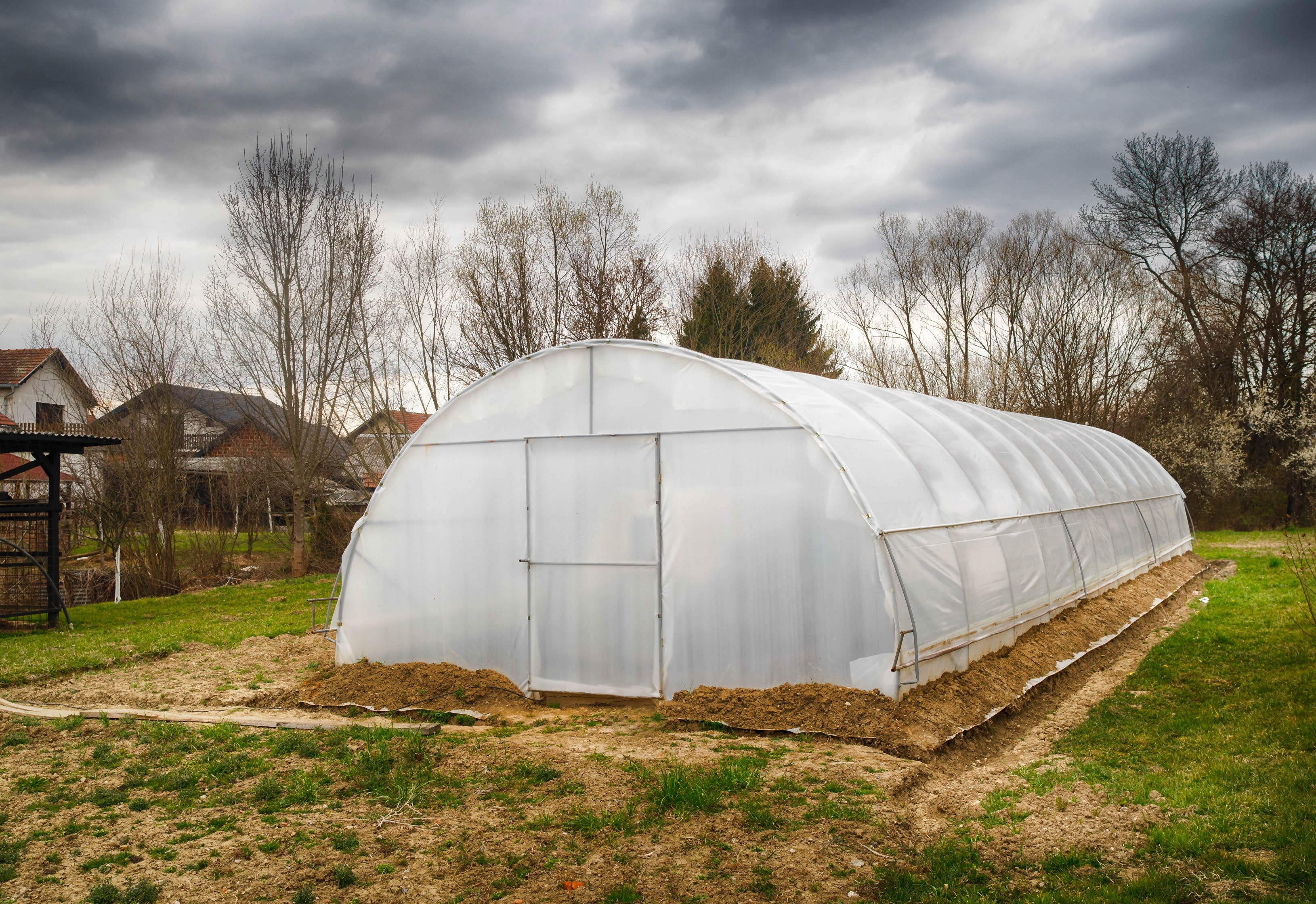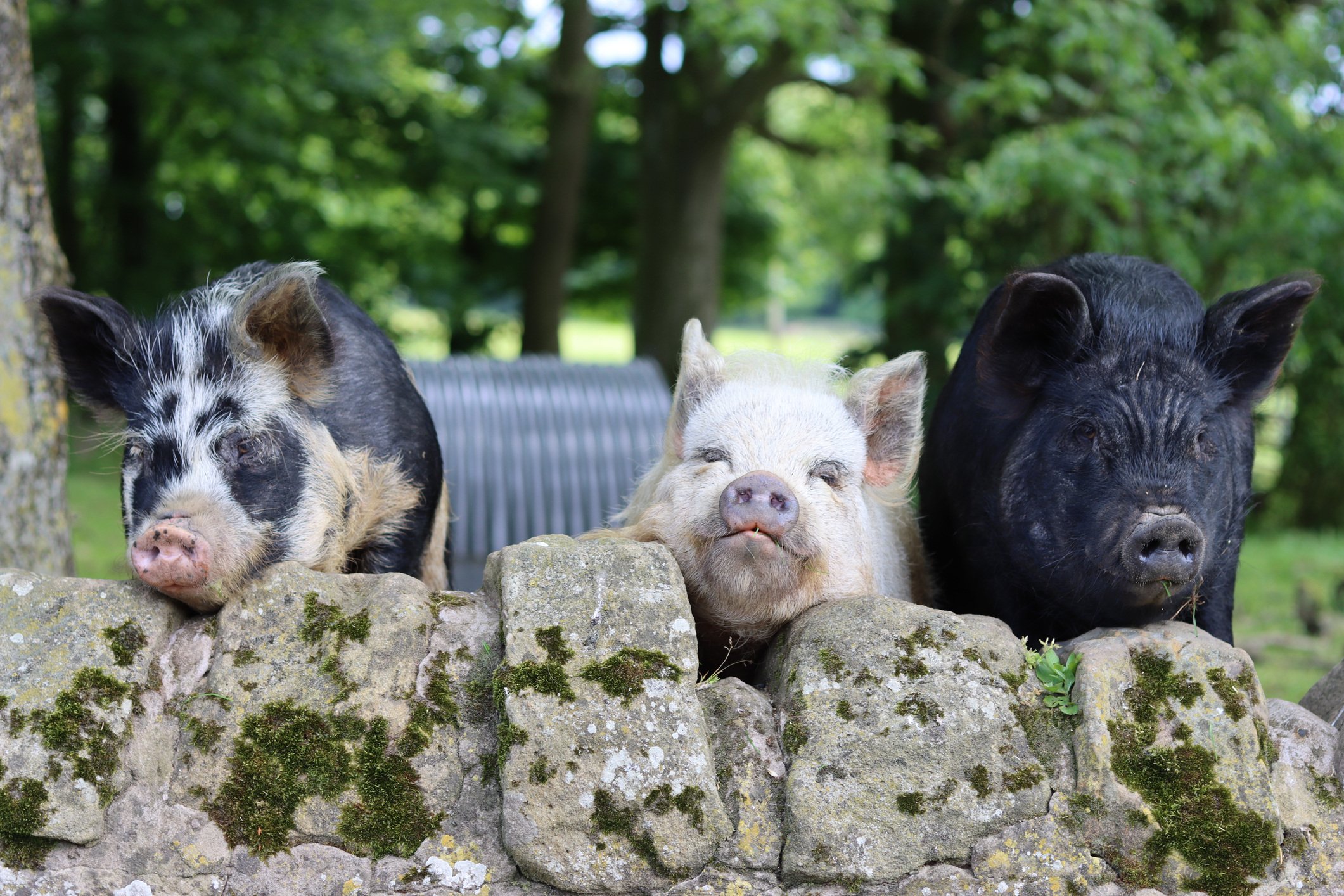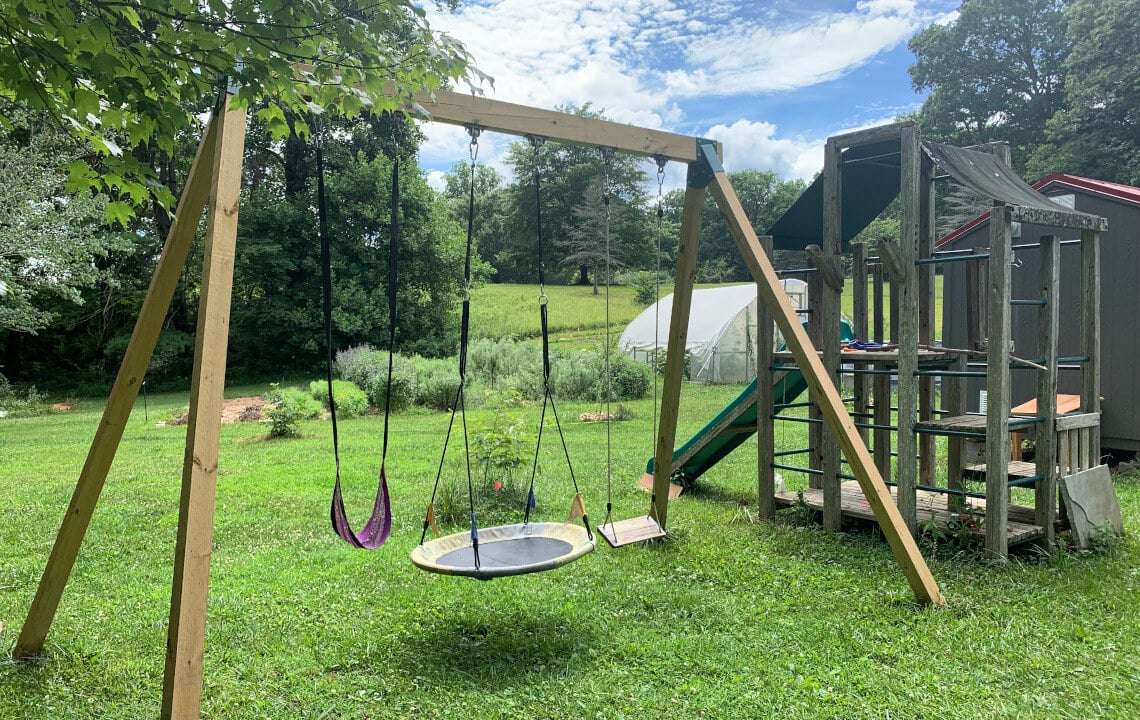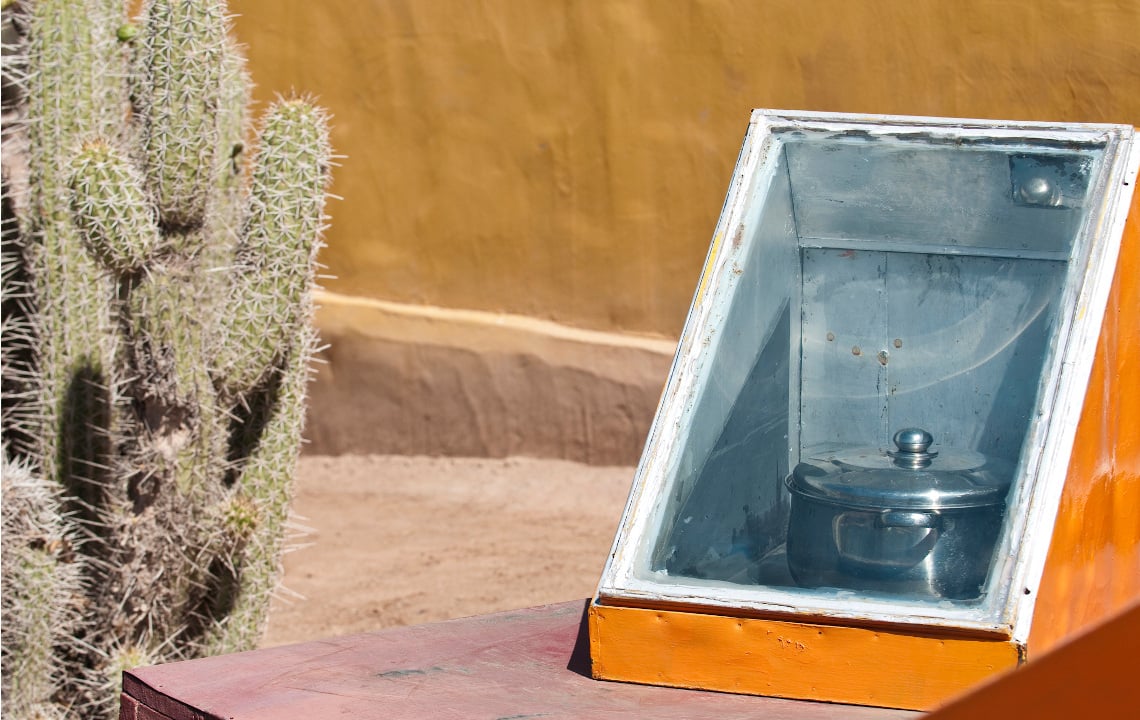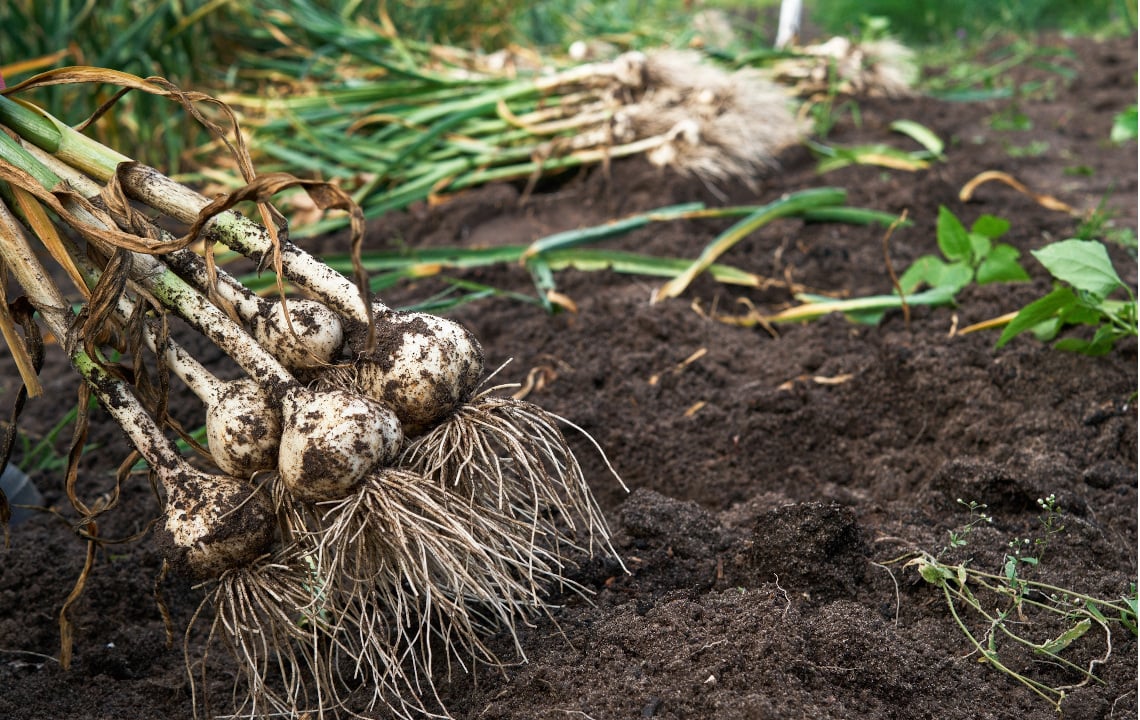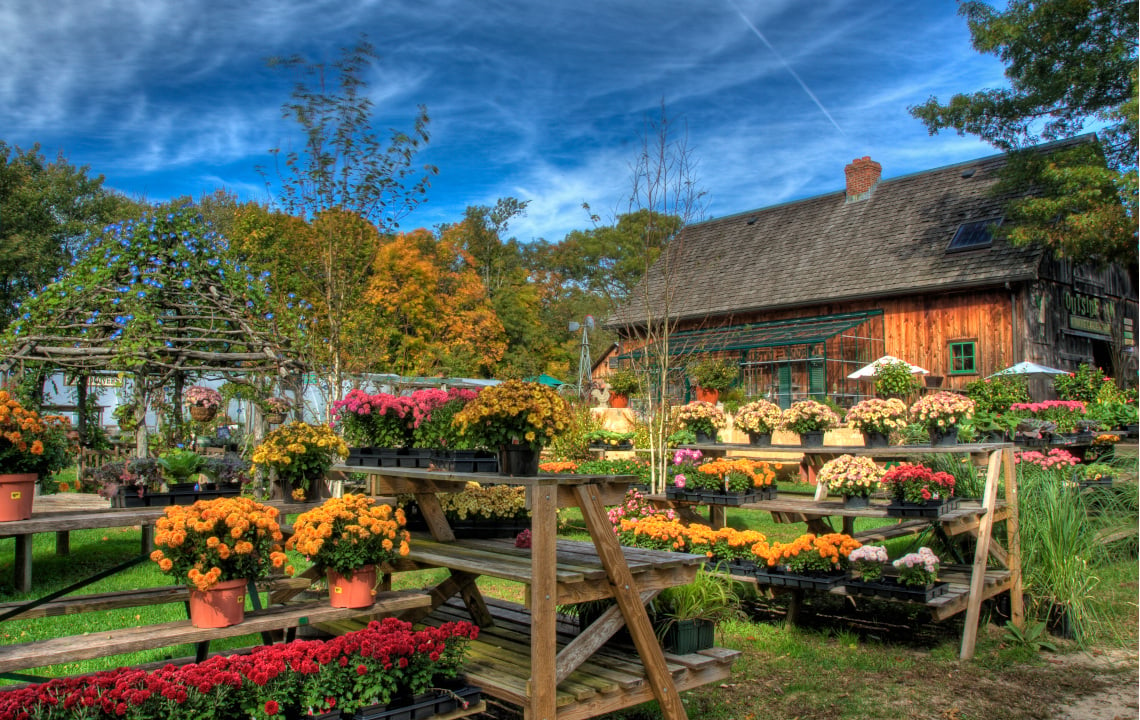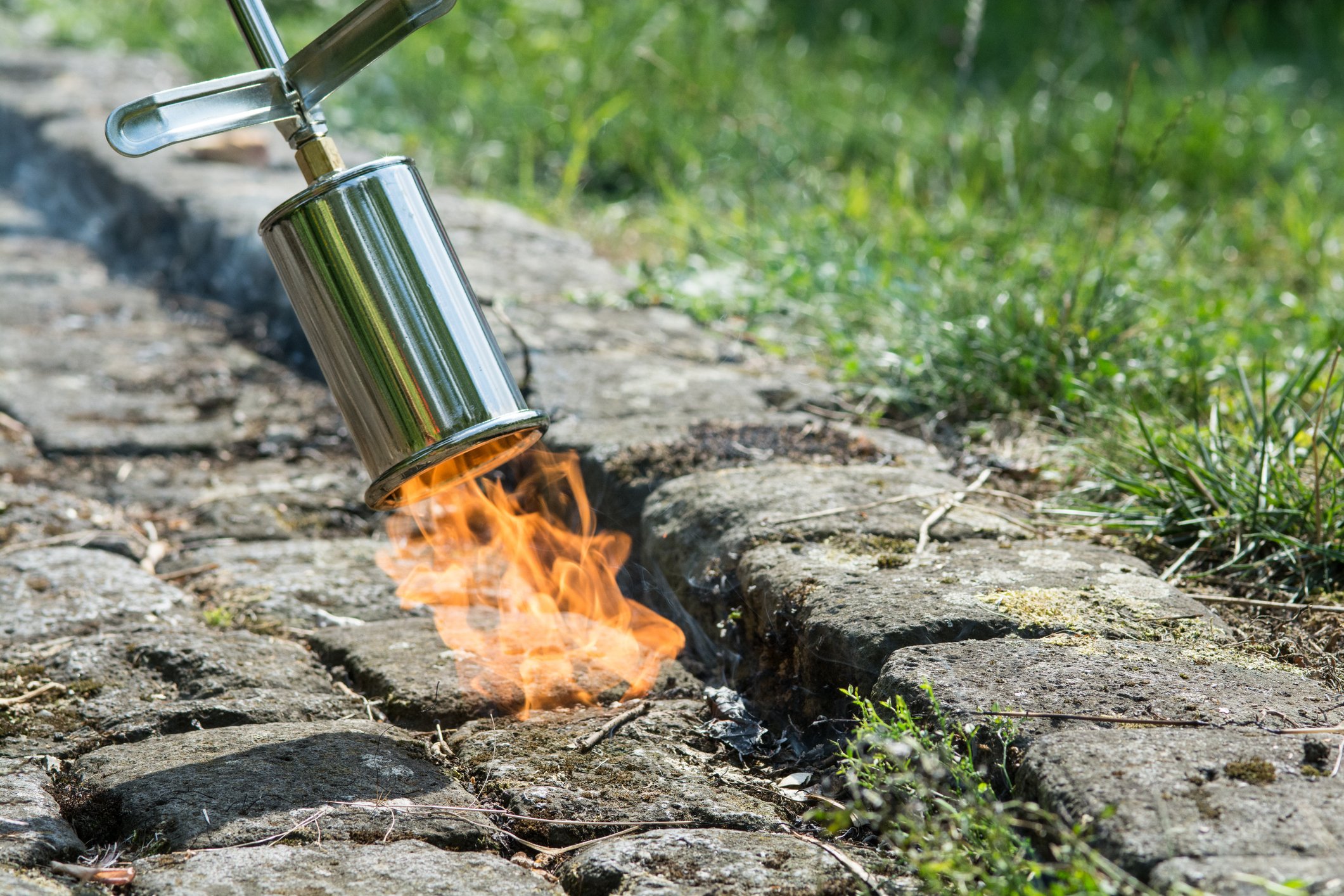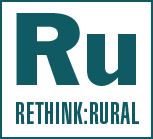From how to build an earth-sheltered home to raising grassfed beef on less acreage, enjoy this compilation of our top five most-read articles of the year!
Looking for some leisurely end-of-the-year homesteady rural lifestyle reading?
Or perhaps moving to the country is part of your new year’s resolution and you’re looking for more information on buying and owning rural land.
Regardless, look no further than Rethink:Rural’s top five most-read articles of 2024.
Rethink:Rural's Most-Read Articles of 2024
Our authors at Rethink:Rural are an eclectic bunch specializing in various rural lifestyle, homesteading and outdoor topics.
As the blog of Raydient Rural, we also focus on providing lots of information on rural land buying, owning acreage and transforming raw land into a homestead.
Our most-read articles of 2024 are a testament to the breadth of topics covered at Rethink:Rural.
Here, we share five of our most-read articles of 2024 in order of popularity.
#5: How Many Acres Do You Need to Raise Cattle?

Raising cattle for profit or to increase self-sufficiency is a popular use of rural land (and can also give you a nice tax break depending on your location).
Yet many people shy away from raising cattle because they think it requires a thousand-acre ranch.
To get to the bottom of how many acres you need to raise cattle, we contacted Nick Ball of Wauka Mountain Farms in North Georgia.
Unlike most cattle farmers and ranchers, Nick drew inspiration from the well-known grass farmer, food activist, best-selling author, documentary star and now future advisor to the USDA secretary Joel Saltin of Polyface Farms.
Like Salatin and his followers, Nick focuses on raising regeneratively raised 100% grassfed beef using rotational grazing practices which involves the holistic management of several species of farm animals in addition to cattle, including sheep, laying hens, meat birds, pigs and turkeys.
Here’s a quote from Nick on the basics of rotational grazing:
“How it works is the sheep will go through the pasture first because they’re a little pickier than the cows about the type of grass they’ll eat, then the cows come through behind the sheep and mow the rest of the grass down.”
“Then the laying hens come about five days behind the cows and scratch through the cow patties and spread them out. This breaks down the cow manure quicker so the grass absorbs it as natural fertilizer, while the hens pick through it, eating the parasites and the fly larvae and leave their manure.”
“Then the meat birds come along later before the grass starts to rebound and get too tall to re-fertilize, and that’s how the whole rotation works.”
Nick’s approach is unconventional, but it works and his business is still thriving since this article was originally published in 2016. This, along with the growing interest in sustainable, regenerative agriculture, is probably why this article remains one of our top 5 most-read from year to year.
Read all about it and start dreaming about raising your own beef cattle here.
#4: Apps for Tree Identification (and they're all free!)
We are big on trees and the benefits of investing in forested property around here.
Our parent company, Raydient Rural, specializes in selling rural wooded lots in Alabama, Florida, Georgia, Mississippi, and Texas, so we know trees.
This article on free apps for tree identification by retired forester Jim Mize is our #4 most-read of 2024.
Here, Mize shares his favorite two apps for identifying trees, including their benefits and drawbacks.
This quick read can help you become more tree-literate as you search for wooded land or get started tending your own forested property.
Discover more tips to help you maintain a healthy forest in:
#3: How to Build a Lake or Pond on Your Property

There are few things more idyllic to a rural lifestyle enthusiast than the idea of a rural property with a pond or lake for fishing, swimming and general enjoyment.
Yet, those types of properties are hard to come by and typically cost a lot more.
The alternate solution is to build your own pond or lake.
Can it be done? In most cases, yes, but it’s typically not a DIY job unless you only want a small decorative or coy pond.
To get the details, we turned to permaculture design expert Cliff Davis of SpiralRidge Permaculture in Tennessee.
Cliff has extensive experience building ponds to enhance a land’s beauty as well as its functionality for homesteading, farming, ecological benefits or regenerative agricultural practices.
In this well-loved #3 most-read article, Cliff shares everything the beginner needs to know about pond or lake installation, including
- How to know if your land and soil are suited for a pond
- How much will it cost to build
- Can you do it yourself
- Who to contact for help building your pond
- Are short-term costs worthy of the long-term gain?
- And much more
If you’re interested in building a pond on your land or trying to determine if you should hold out for a piece of property with an existing pond versus building your own, this article will help.
Curious about pond maintenance?
Check out Rethink:Rural author Sarah Snipes’ two-part series article series:
- Pond Maintenance Part 1: Tips and Resources
- Pond Maintenance Part 2: Master Pond Care With an Effective Management Plan
#2: How to Start Your Own Multi-Family Compound
If the idea of starting a multi-family compound seems a little weird, the consistent popularity of this article suggests hundreds of thousands of people must have the same weird idea!
Although it may seem unconventional, the truth is that communal living can be an excellent way to realize your rural dreams without breaking the bank or feeling isolated.
However, things can go wrong fast, which is why having a plan in place is critical.
To get the scoop on this fascinating way of life, we talked to a real Georgia-based couple who started a successful multi-family compound over a decade ago.
Here, they share their story, including how to plan to succeed, find land and the nuances of navigating living on shared land.
Another of our most-read articles that didn’t make this year’s top 5 list: What’s It Like to Live on a Family Compound? addresses this topic from a family/blood-relative perspective.
#1: The Rural Land Owner's Guide to Earth-Sheltered Homes

Coming in as our #1 most-read article of 2024 (and many subsequent years) is a guide to building and owning an earth-sheltered home.
This article is part of our series on outside-the-box housing options, including kit homes, barndominiums, tiny homes and cob and straw bale homes.
Here, a seasoned North Carolina builder and building inspector walks us through the surprising benefits of building a home partially dug or bermed into the ground.
Some of these benefits include cheaper construction, sustainability, energy savings, less home maintenance, customizability, and more.
He also outlines how to select the ideal land and location for an earth-sheltered home, safety considerations, what to expect in the building process, how to address drainage issues, and potential drawbacks.
An earth-sheltered home has many benefits over a conventional stick-built home, making it a popular option for off-gridders, homesteaders, thrifty home builders and green living enthusiasts.
Have a read and see why this article remains our most-read blog year after year.
What's Coming up in 2025 for Rethink:Rural?
These top five are some of our most beloved articles of 2024, but after nearly 10 years of blogging, we have so much more to explore on all things rural living, including:
- Homesteading
- Buying rural land
- Making a Homesite
- Farming and raising animals
- Gardening
- Homeschooling
- Managing land
- Starting a rural business
- Improving land
- Nature & the great outdoors
- And so much and more
We invite you to explore all our topics and stay tuned for more inspirational, instructive and creative content in 2025.

